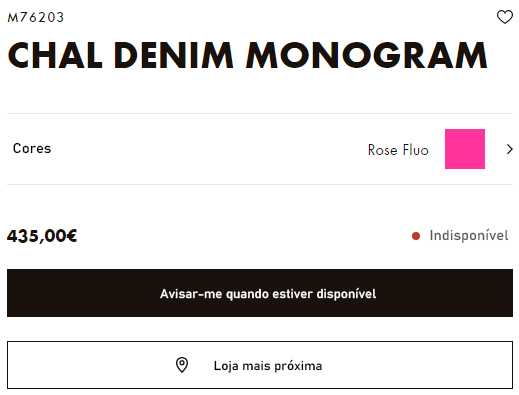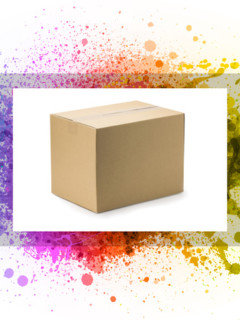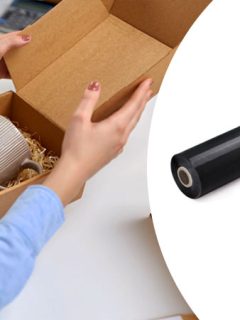Over the years, the luxury sector has changed. If before it mainly attracted customers with great economic power, now it is increasingly accessible to purchase any product in this sector. Above all, every day more young people buy high-quality products and appreciate the service of these luxury brands.
On the other hand, the luxury sector relies heavily on foreign customers and Middle Eastern countries or China in particular.
The reasons for a luxury brand to be present on the Internet are many: e-commerce is the preferred channel of young buyers because it is very practical and contributes to strengthening the international positioning of a brand.
How to create a feeling of exclusivity in e-commerce for a luxury brand?
Maintain a differentiating brand communication and design;
Create a different and unique customer experience with luxury e-commerce;
Experiment with online events targeted at your target audience;
Invest in influencer marketing;
Take care of the delivery of your e-commerce luxury products;
Packaging: a satisfaction factor for your customer.
1. maintain a differentiating brand design and communication
The key to an e-commerce strategy in the luxury sector is to recreate a premium image of your website. Above all, web design and communication is required to match the image that the brand wants to have in its physical shop or in traditional advertising.
We will therefore give you some tips on how to achieve this:
- Create a site in accordance with your brand image, but one that can be adapted if necessary. Big brands are used to communicating through traditional media, whose communication codes differ from those of the web.
- Create a specific style guide for other communication channels on the web: video, social media (each social network has specific requirements), blog, etc…
- Optimise the purchase flow of your e-commerce. For example, when we talk about luxury and e-commerce, we mean creating a true online shopping experience.

In the absence of stock rupture, you must present an alternative in order to satisfy your customer’s desire to buy.
- Use traditional advertising (TV, print, etc.) to create web advertising. Your marketing strategy, on the web, can be inspired by your traditional campaigns! For example, consider creating videos to promote on social media (organically and through paid advertising) to spread your luxury brand image online.
2. Create a different and unique customer experience through luxury e-commerce
One of the main elements in the success of luxury brands is exclusivity, as they are characterised by a totally different shopping experience. The objectives of the luxury sector, in e-commerce, are to provide a timeless, different and personalised moment.
Therefore, you must create a luxury experience in your e-commerce store that is consistent with your retail outlets. To do this, you should consider:
- Be responsive on the web. Provide tools that can help customers in their purchasing decisions through chats, social networks, etc. For example, it would be interesting to provide a space where a video call can be established in order to support and strengthen the relationship with your customers.
- Focus on innovation to create your luxury e-commerce. For example, consider offering customisedor virtual products. Gucci, for example, launched a campaign on Snapchat that promoted its footwear using Try-On technology. By creating this filter, on Snapchat, it was possible for their customers to virtually try on various models.
Strengthen your brand image in a traditional way while reaching as many people as possible.
3. Try online events targeted at your target audience
Above all it is undeniable: traditional luxury marketing cannot do without events, notably to develop brand awareness in the press.
What if they shifted to digital events? Consider, for example, the launch of:
- Online events such as physical “private sales” events. For example, the luxury brand Bulgari offers a specific app dedicated to one of its jewellery collections, where several extremely luxurious models are presented virtually, with a representation as close as possible to reality. Until now, the presentation of this collection has been organised physically, in the presence of the brand’s best clients and journalists.
- Social selling (live sales). Some luxury brands are betting on this process that consists of the live broadcasting of the private sale of products. In China, in 2019, social selling exploded and from then on this phenomenon has been gaining more and more importance. It is estimated that just over 60,000 live sales have given rise to 400 million users on Taobao.
4. Invest in marketing with influencers
You can’t miss the digital marketing trend: influencer marketing. For a brand, it’s about gaining visibility with specialised influencers who promote products to their followers in a more or less direct way.
This method is proven to be the best for the luxury sector, as it allows you to create a strong bond with your target audience, leading their followers to the brand’s website.
To implement this strategy, you will need:
- Get in touch with the right influencers. Don’t use too many influencers, remember that you must maintain the feeling of exclusivity typical of the luxury sector.
- Create together with the influencer the promotional content they will present. Think about launching content campaigns with the influencer as the protagonist, or even create a specific collection or product with the influencer.
- Make promotional benefits available to the new target audience. The idea of exclusivity also implies the implementation of promotional codes or exclusive prizes.
- Create differentiating packaging, to send to influencers, so they can create unboxing content. The last part of this article will help you with this step.
5. Take care of the delivery of your e-commerce luxury products
E-commerce users expect ever faster and more innovative deliveries. And luxury consumers are no exception.
So make sure you:
- Give your customers the opportunity to receive their orders through different delivery methods. If home delivery is a classic, Click&Collect to resort directly to the physical shop allows you to recreate a strong link with the physical point of sale.
- Choose a delivery company that offers specific insurance for luxury products.
- Protect your packages from theft through additional security settings. Consider sealing your packaging with security tape or customise your tape to know if the package has not been opened.
6. Packaging: a customer satisfaction factor
In short, in luxury e-commerce, as in all other sectors, packaging is the first physical contact that the brand establishes with its customers. Therefore, it is crucial for your brand’s image and for your customers’ satisfaction.
As such, consider the following:
- Personalise yourpackaging respecting your brand image. For example, convey your values by personalising Eco-Responsible packaging or incorporate filler chips in your brand colours.
- Think about the return of your orders. You can opt for “return and return” packaging as it has two self-adhesive strips (one for shipping the product and another for returning it if necessary).
- Think about how your packaging will be opened. The presentation of your packaging is ideal for customers to share their experiences on social media, making the unboxing an original presentation. Packaging that is presented, regardless of what the business sector is, is essential for online communication.
From retail to e-commerce, luxury still has a bright future ahead of it. To do so, it just has to know how to adapt to consumer trends and create a strategy that is differentiating.















